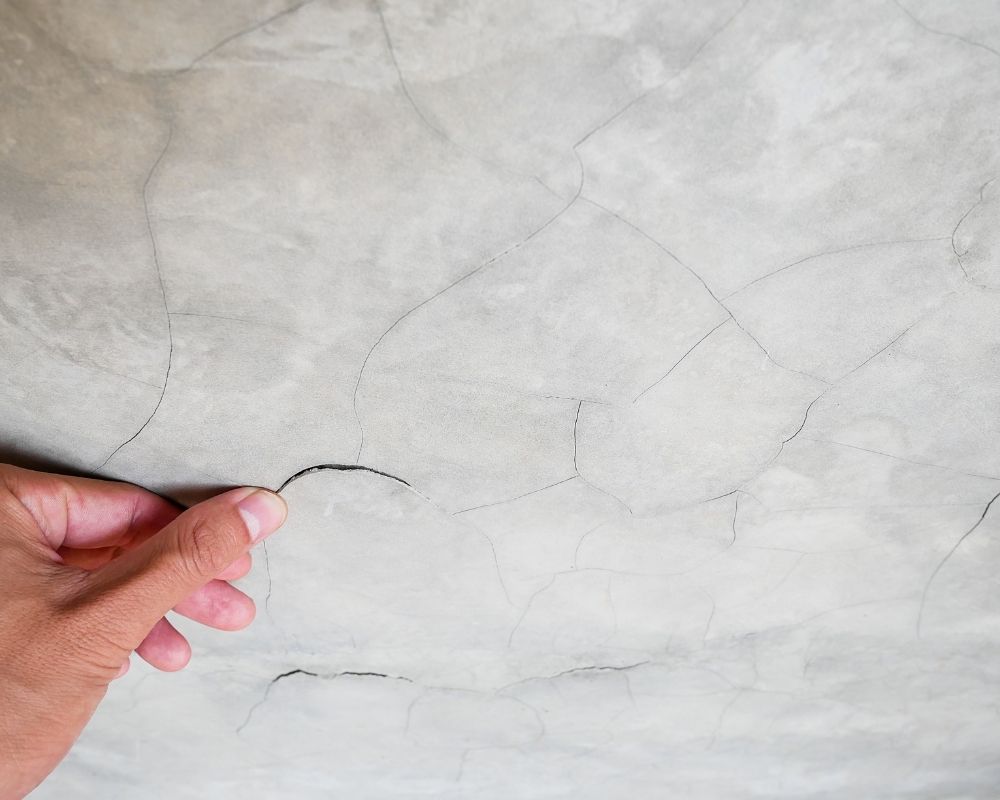The condition of your home’s foundation may contribute to a long list of expensive, stressful home repairs. Foundation repairs to your home can be a wide range in cost, with the price tag often increasing depending on how far-reaching the damage has become. A proactive part of preventative home maintenance involves finding these problems as early as reasonably possible.
When you are watching for potential home foundation damage, cracks in ceilings, walls, and floors are among some of the earliest possible signs. However, the absence of a crack doesn’t mean that you won’t find one in the future. This might be troubling to think about for sure. However, don’t give up hope. Check out these indicators that your home may have foundation problems:
Check for Cracks in Your Floor or Walls
Cracks in the walls or floor of your home are the biggest indicators of trouble the condition of your home’s foundation. Bear in mind that not all cracks are signs of trouble, because seasonal drywall and underwood expansion often cause small window and doorframe cracks. Cosmetic hairline cracks such as these are easy to repair with spackling.
However, some cracks are more serious and require attention from a professional. Examples of these serious cracks include:
• Stairstep cracks
• Water leaking from the cracks
• 45-degree or horizontal angles
• Cracks that are wide on one end and narrow on the other
• Over 1/8” wide
Vigilance is essential for catching wall or floor cracks before they become too serious. Measuring the cracks on a regular, such as monthly basis, to make sure they are not growing is a good precaution. A timely inspection when you notice new cracks will help you avert serious disasters.
Nails Pops and Crumbling Chimneys Can Signal Problems with the Condition of Your Home’s Foundation
Sometimes nails pull away from your home’s sheetrock, an issue known as nail pops. Although nail pops have an easy fix, they may signal potential foundation problems. If you notice nail pops happening frequently, you may have shifting walls that indicate foundation condition problems.
When there are problems with the condition of your home’s foundation, chimney issues may be one of the first signs. Chimneys can shift because of issues with a foundation. In a worst-case scenario, you want to get a professional’s help for repair and stabilization as quickly as possible.
Examine Bowed Walls or Sagging Ceilings or Floors
A sign of problems with the condition of your home’s foundation way includes bowed walls, either interior or exterior. Bowing, however, is different from paint blisters that occur due to water or heat damage. Because paint blisters are not a foundation issue, they do not need to be treated as such.
A stronger sign of possible problems with your home foundation condition includes warped ceilings and floors. Moving foundations compact support beams or walls, and sometimes pull them away from each other. An obvious sign that your foundation is having is a sloped floor, which requires professional attention.
Window and Door Issues May Indicate Problems with the Condition of Your Home’s Foundation
Shifting foundations may result in gaps appearing between the façade and doors or windows at the front of the home. One of the worst things about this type of situation is the potential for water or termite damage because of the gaps. The structural damage from water or termites is costlier in the long run, making addressing foundation issues all the more important.
Another potential indicator of foundation problems is having windows or doors that stick. Window and door frames often end up distorted because of foundation shifts. If windows or doors aren’t latching properly, the foundation might be the culprit.
Check Out Moldy Areas as Well as Your Basement
If the walls or windows of your home have mold, something is making moisture accumulate in the affected areas. Foundation-related cracks are often the cause, so you will want to rule out such issues.
Likewise, if your basement has that musty smell that’s all too familiar, this may be another sign of foundation problems. The most likely cause of this smell is mildew, often occurring if your basement walls leak. Moisture outside your house can easily get into the basement through foundation cracks.
Contact a Professional to Keep Your Foundation in Shape
Erring on the side of caution is always better where your home’s foundation is concerned. The longer you let a foundation issue slide, the costlier it becomes to repair. If you notice any problems with the condition of your home’s foundation, contact us for the peace of mind that you need.

